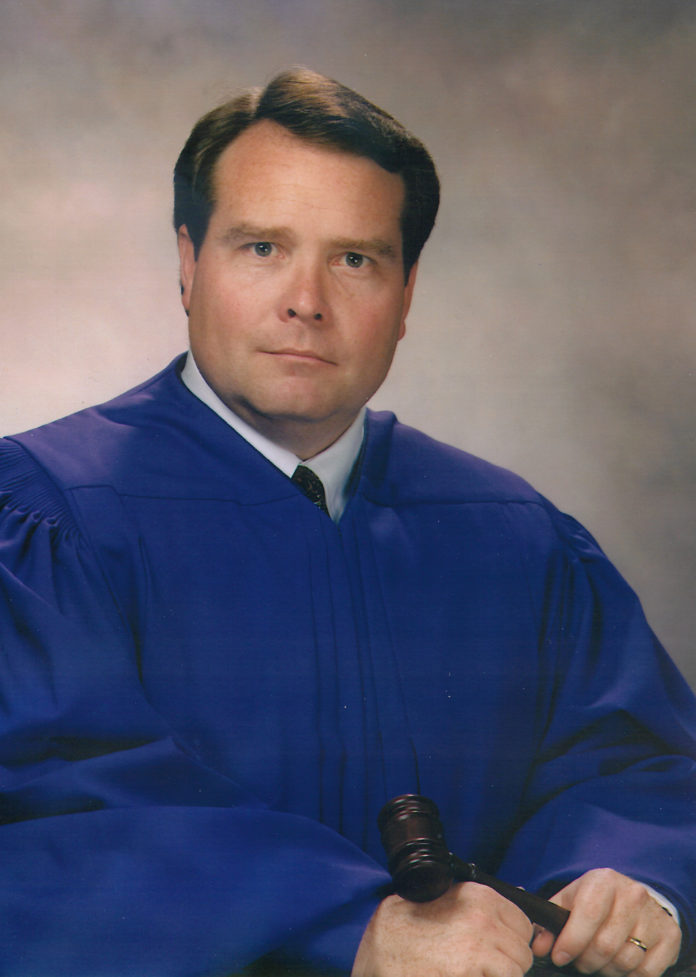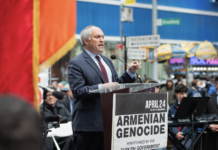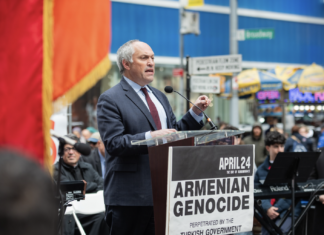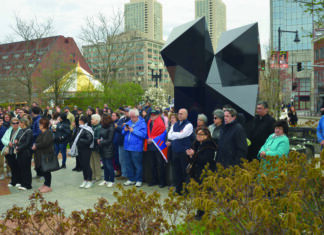By Dr. Agop Y. Bedikian
Special to the Mirror-Spectator
March 2018 was the 19th anniversary of recognition of the Armenian Genocide by South Carolina. The bill to recognize it was introduced by representatives Terry E. Haskins and Jeff E. Smith. It was recognized by the South Carolina House on March 4, 1999 and by the State Senate on March 17, 1999. Through H. 3678 Concurrent Resolution, the State of South Carolina declared recognition of April 24, 1999 as ‘South Carolina day of remembrance of the Armenian genocide of 1915-1923” so as to honor the memory of the 1.5 million people of Armenian ancestry who lost their lives during the genocide. The total population of South Carolina at the time was about 4 million, of which about 0.1 percent were Armenians. With so few Armenians living in the state, how did South Carolina recognize the Armenian Genocide? Rep. Terry E. Haskins played a key role in this effort. It is long overdue for Armenians recognize his effort in this process and honor his accomplishment. Here is the background as related to this historic achievement.
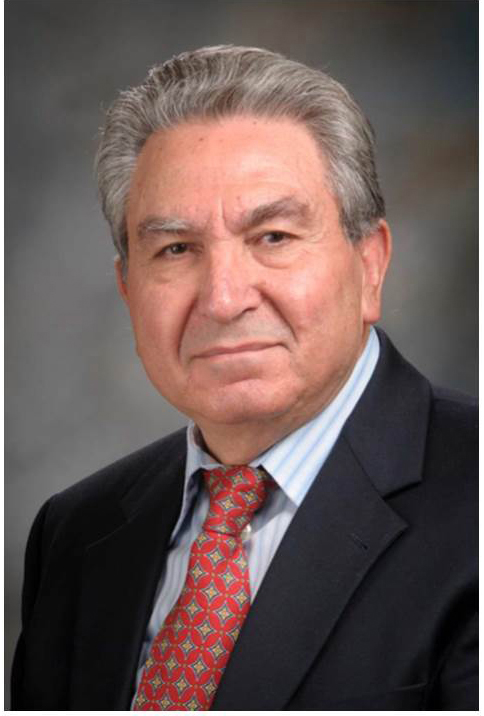
I met Rep. Haskins in 1996, when he came to the University of Texas MD Anderson Cancer Center in Houston, Texas for consultation regarding management of his advanced cancer. His skin cancer (malignant melanoma) was located at the right shoulder. It was excised in 1973. After appropriate surgery, he remained free of disease until January 1995, when he felt a lump at his right axilla. A biopsy from the lump showed melanoma metastatic to a lymph node. He had appropriate lymphadenectomy which rendered him free of disease. He received melanoma vaccine therapy to prevent tumor recurrence.
However, in January 1996 he was found to have systemic metastases. He came to the MD Anderson cancer center to see me in April 1996 after it was determined that the interferon therapy he was receiving had not worked. Radiologic evaluation showed metastases to the lung, lymph nodes and skin. He was hospitalized and started on concurrent biochemotherapy, including cisplatin, vinblastine, dacarbazine, interferon and interleukin-2. He received this therapy for 3 months and achieved complete remission.
Unfortunately, his disease came back in October 1998. He was started on sequential biochemotherapy this time; i.e. administration of combination chemotherapy followed by biotherapy with interferon plus interleukin-2. He achieved complete response to therapy for the second time. Then, he went to the John Wayne Cancer Clinic in Santa Monica, Calif. for investigative new melanoma vaccine treatment. After receiving melanoma vaccine for 6 months, he was found to have new brain metastasis.



